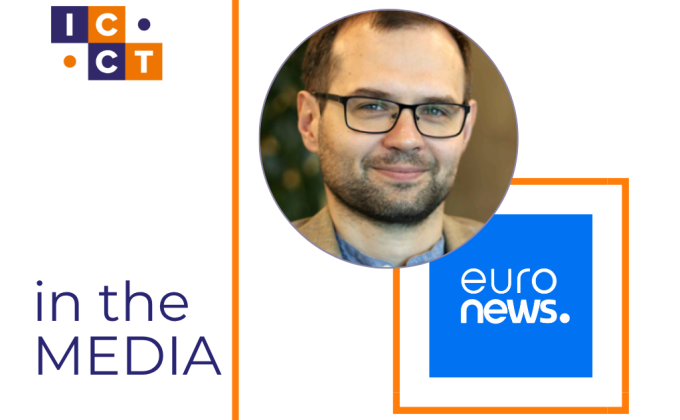“Who is in control of the narrative?” is the mantra that now echoes in the hallways of the EU’s headquarters in Brussels. Spurred in part by large-scale jihadist propaganda, approximately 20,000 people from 50 countries have joined the fight in Iraq and Syria. So far, authorities in their countries of origin have not been able to address the jihadist radicalisation messages transmitted via the internet and social media. Many new initiatives were recently announced, however, including the establishment of a European counter-narrative centre in Brussels.
Research Fellow Dr. Bibi van Ginkel analyses the role of the internet and social media in processes of radicalisation. It offers an outline of the various aspects of the jihadist narrative, in order better to understand what message needs to be countered. The counter-actions against this cyber jihad can take different forms. Parallel to the way in which advertisement campaigns are tailored to sell products to a certain target group, strategic communication should take into account how a number of recurring elements play a role in the counter-messaging. The understanding of who the target group is, what jihadist narrative is used and how that message can be countered, who the credible messenger should be, and what medium can best be used to deliver the message are all relevant questions that can only be answered in a context-specific manner. The Research Paper concludes with several recommendations on how the recently announced new European counter-narrative centre can effectively contribute to the already diverse landscape of counter-narrative initiatives.
Download the Research Paper.
How to cite: Ginkel, B. van. "Responding to Cyber Jihad: Towards an Effective Counter Narrative", The International Centre for Counter-Terrorism - The Hague 6, no. 2 (2015).






